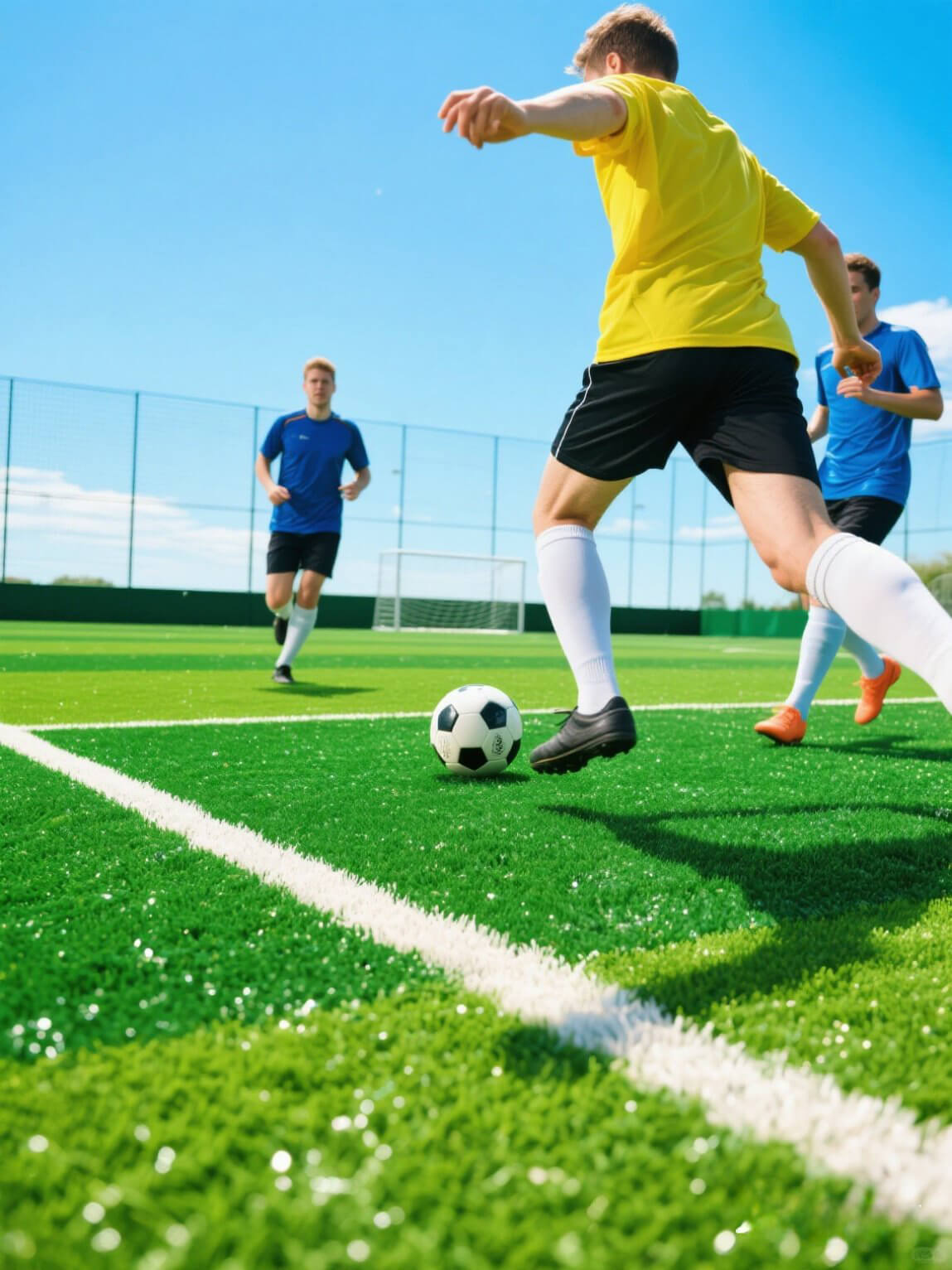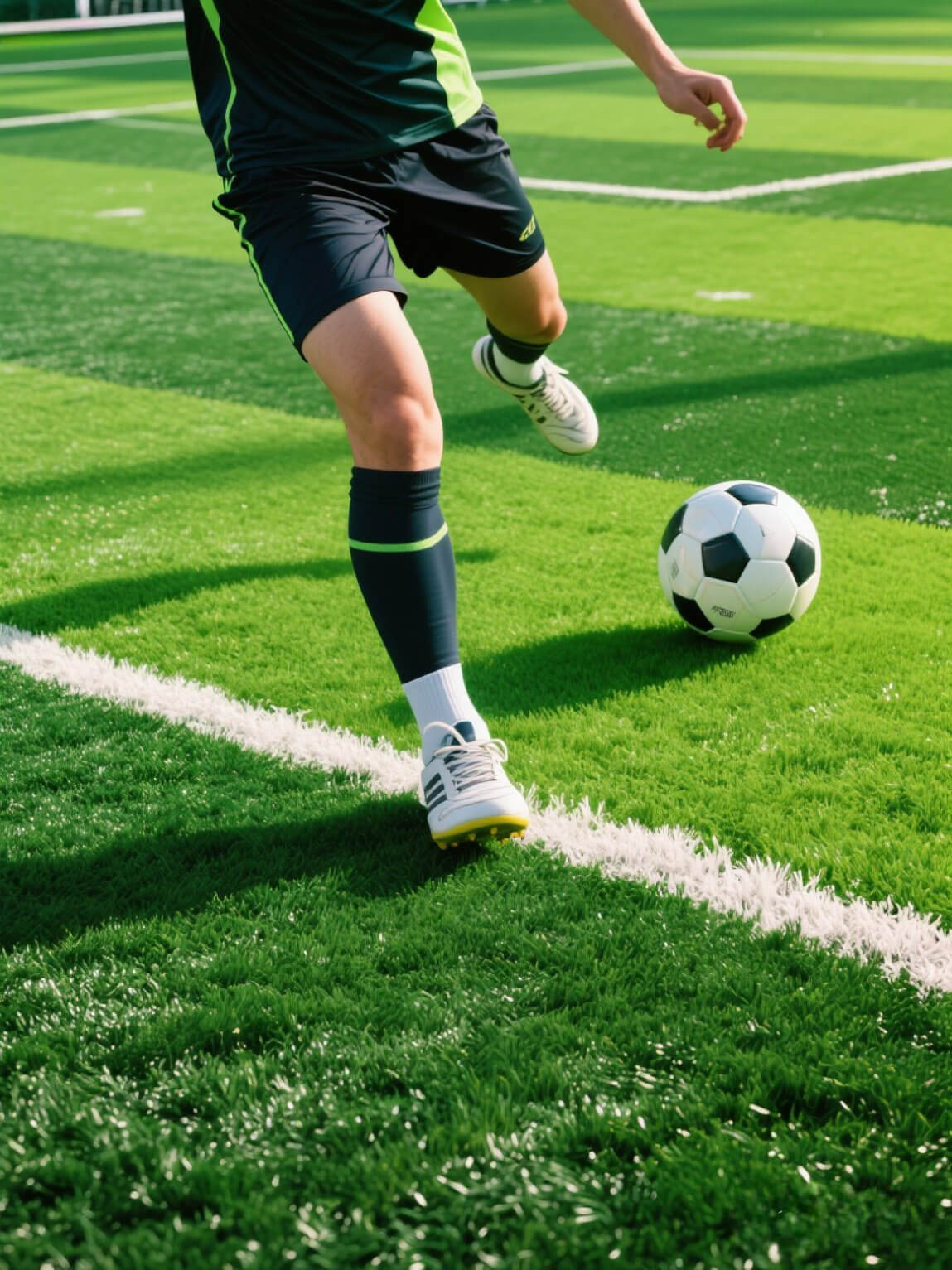

When courts close, everyone loses
Pitches provide the most valuable and accessible opportunity for people to play, exercise and connect. Yet, they are often closed when people need them most.
Whether due to poor conditions, lack of maintenance or water scarcity, natural courts are often forced out of use. When courts close, time lost cannot be regained. Missed games, cancelled training sessions and unused playing time mean less opportunities for physical activity, development and recreation. Everyone loses.
That’s why more and more communities and cities are recognizing the value of artificial turf. Artificial turf courts provide a stable, reliable surface that can be used year-round. They are not dependent on rainfall or irrigation, and they won’t degrade from overuse. When designed and installed properly, turf can provide a safe, high-quality experience that can be used anytime, day or night.
This is not an argument against natural turf. Turf can provide excellent playing conditions and aesthetic value, especially in low-use or high-profile venues, such as elite stadiums. But relying solely on turf, without the support of reliable turf facilities, can limit participation and create unnecessary barriers to play. Turf and lawn support each other, giving the turf time to recover, allowing more people to play sports more often.
A balanced approach is needed. Turf helps ensure access, safety and surface quality are not neglected. It protects the activity time that people depend on and helps cities provide the infrastructure needed to sustain active and healthy lives.
Welcome to send your message to us